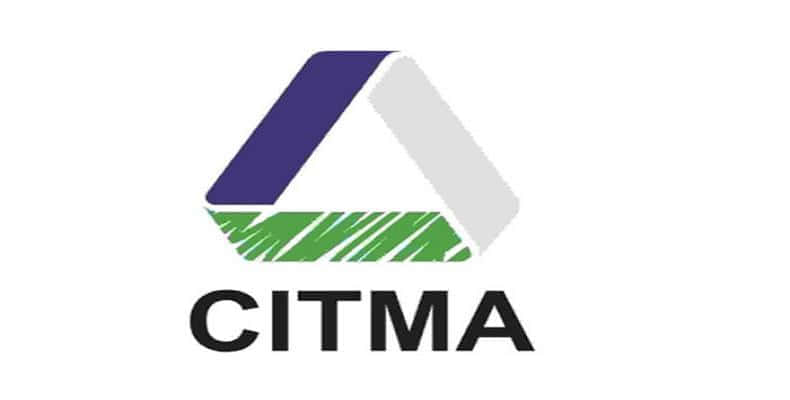Havana, June 23 (RHC-ACN)-- The Ministry of Science, Technology and Environment (CITMA) announced on Wednesday in Havana that the Cuba-US joint expedition along the island’s coasts concluded with positive results.
The joint expedition’s objective was to obtain scientific data and carry out observations and take samples that will allow to describe the distribution of the specific coral communities.
The research also included comparing its health and connectivity (physics, genetic and ecological) and shallow coral systems in addition to those found in southeastern US and Gulf of Mexico.
The expedition, held on board the Walton Smith research vessel of the Florida Atlantic University, lasted 28 days as part of the joint Plan of Activities.
The Plan was approved by both governments aimed at the implementation of the Memorandum of Understanding on Protected Marine Areas signed on November 2015 by the National Oceanic and Atmospheric Administration (NOAA), US National Parks Services and CITMA.
The experts, in two work stages, collected samples and obtained data that allowed an analysis of the conservation of deep water corals in Cuba.
In a first stage, it extended to the northern and southwestern coasts and center (May 17-29) Havana – Cienfuegos; and second (May 31-June 11) Cienfuegos – Havana through the southern and north of the country.
Cuban researchers with renowned scientific history in marine issues and experienced US scientists worked on the research.
The preliminary results of this expedition, which included one thousand 430 nautical miles throughout the local coasts confirms that valuable information were obtained on MCE and for a study on the patterns of transversal genetic connectivity of the currents of the Gulf of Mexico.
In their work they used a ROV vehicle, property of the Marine Sanctuary Foundation capable of descending 300 meters deep and registers good quality images in videos and photos.
The expedition was carried out in collaboration with the Institute for Ocean Exploration, Research & Technology of Florida Atlantic University and the Institute for Marine and Atmospheric Studies at the University of Miami.
Also carried out by the Cuban Marine Research Center of the University of Havana, Ocean Sciences Institute, National Aquarium and the Meteorology Institute under the coordination of the National Protected Areas Center.
The results will contribute to academic and scientific technical exchanges in addition to the creation of capacities for scientific research aimed at advancing the knowledge on Cuban and U.S. Marine diversity.
Cuba-U.S. Scientific Expedition Concludes Joint Research


